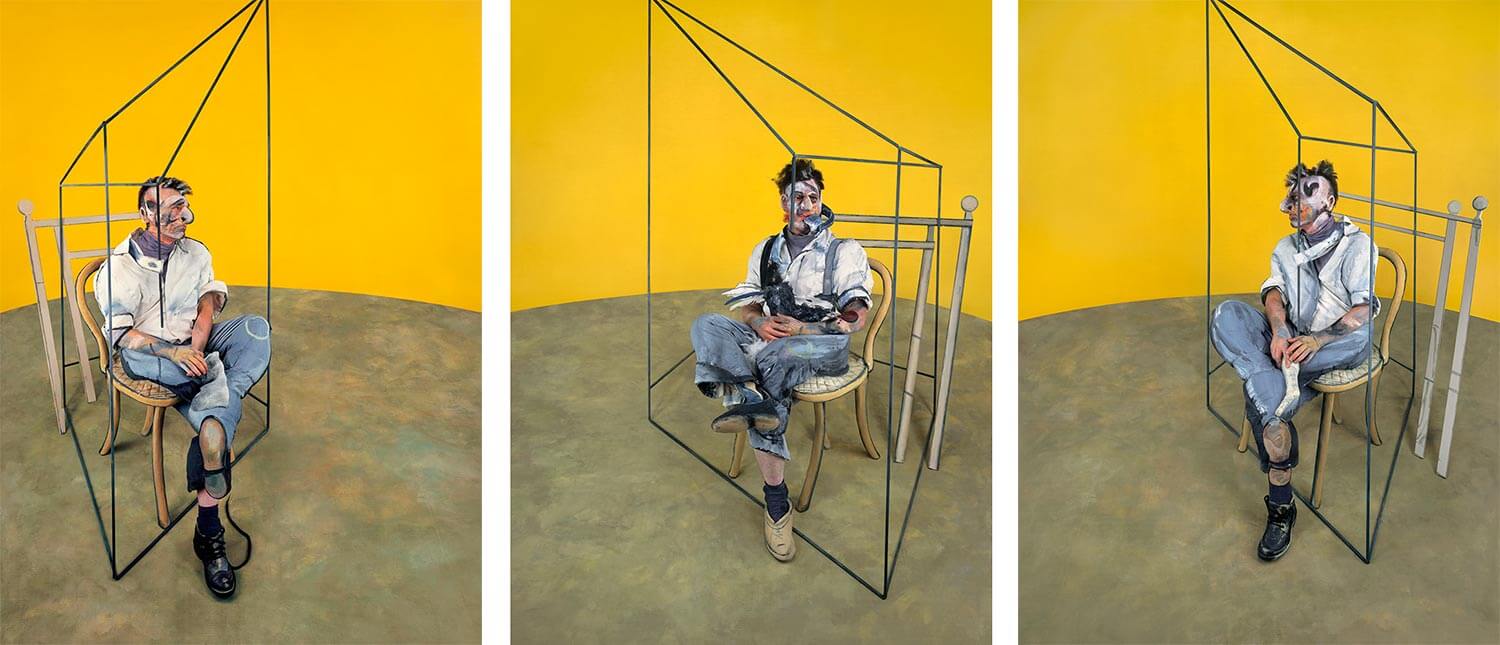Leisure • Calm • Self-Knowledge • Psychotherapy • Anxiety • Trauma & Childhood
How Mental Illness Impacts Our Bodies
The Body Keeps the Score is the beautiful and suggestive title of a book published in 2014 by a Dutch professor of psychiatry at Boston University called Bessel van der Kolk. The book has proved immensely significant because it emphasises an idea that has for too long escaped psychiatrists and psychotherapists. Van der Kolk stresses that people who are suffering emotionally are unlikely to do so just in their minds. Crucially, their symptoms almost always additionally show up in their bodies: in the way they sit or breathe; in how they hold their shoulders, in their sleep patterns, in their digestion processes, in the way they treat their spots and in their attitudes to exercise.

Taking the body more seriously opens up new avenues for both the diagnosis and treatment of emotional unwellness. Instead of simply seeing a person as a disembodied mind which must talk its way to a cure, a therapist is advised to see the body as a kind of scoresheet of the emotional experiences that its owner has been through – a scoresheet that should be read and attended to as carefully as any mental account.
To take one example, many people who have grown up having to deal with the overwhelming rage of a parent will have learnt to suppress their own anger and their desire to hit back at those who hurt them. In their minds, they will have become meek and precisely attuned to fulfilling the wishes of others, however unreasonable these might be. But, as importantly, in their bodies, they will have learnt to be very still, almost frozen, because a part of them associates the expression of anything exuberant or powerful with the risk of bringing about retaliation from others. These people might sit in a particularly stiff way and have an ingrained resistance to running that has nothing to do with laziness: what is at stake is a fear of one’s own vitality.
In trying to treat such people, Van der Kolk goes beyond advising traditional talk therapy. He would also recommend that they try – under the supervision of a therapeutically trained teacher – kickboxing or karate, competitive running or swimming – sports these people might long have resisted because of a cowed relationship to their strength. They might also try out rhythmical chanting or drumming, thereby additionally releasing pent-up longings to assert one’s right to be.
Traumatised people tend to have bodies that are either too alert – responding to every breath and touch, flinching and bristling at contact. Or else too numb, shut down, heavy and immobile. Treatment seeks to find a more comfortable half-way house between these two extremes.
Van der Kolk’s book helps us to think anew of how to deal with people who, at the start of their lives, were not properly held, caressed and soothed, in the way that young children desperately need to be in order to feel at home in their own skin.
As part of their work, Van der Kolk and his team opened up a sensory integration clinic in Boston, a sort of indoor playground, for children and adults, where one can get back in touch with a body that was not properly, and by loving hands, touched or cuddled, gently swung from side to side or hung upside down for a giggly moment. In the sensory integration clinic, under the instruction of a therapist, one might dive onto foam filled mats, have a roll around in a ball pool, jump on a swing and balance on a beam. It sounds child-like and is meant to be, offering a serious chance to go back a step to correct a long-standing alienation.
Those who were once neglected by emotionally stunted parents have often almost literally withdrawn from their bodies. They ‘own’ them but they do not properly ‘live’ in them. They might be rendered deeply uncomfortable if anyone touches their shoulders or strokes their back. They might intuitively think their body was ‘disgusting’ , because that’s how it once seemed in the eyes of those who were meant to look after them. For such people, van der Kolk might advise a therapeutically-informed massage to help rebuild a basic trust in one’s skin and limbs. As he puts it, he wants ‘the body to have experiences that deeply and viscerally contradict the helplessness, rage or collapse that resulted from trauma.’
It is no doubt deeply unfortunate that a difficult past appears to give us physical as well as mental symptoms. But the body’s travails can – in Van der Kolk’s optimistic account – also become a source of memory and evidence, when our minds have otherwise seized up or fatally doubt the legitimacy of their own feelings. We can start to remember what might have happened to us by asking ourselves questions in therapy, and at the same time by taking a look at how we are sitting, how we breathe and how we feel when someone we love proposes to hold us. Then we can hope to be healed, not only by wise arguments and kind voices (however consoling these might be), but also by dancing, swaying from side to side on a gigantic swing, chanting in unison or – best of all – surrendering ourselves to a very long and very nourishing hug from someone we have quietly dared to trust.



























